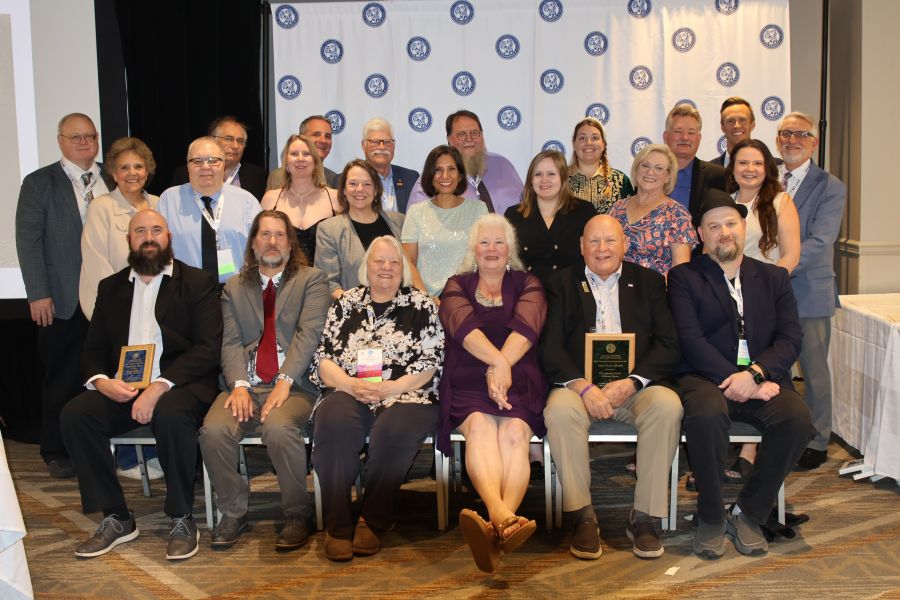Five key focus points on the path to a great story
Bart Pfankuch
Sep 1, 2019

Anyone who has worked as a reporter or editor knows that it’s impossible to be fully engaged for eight (or 10) hours a day, five (or six) days a week. Journalism is a creative field that requires a lot of hard work, which tends to come in bursts of energy and brain power rather than a consistent pace of grinding at one single task until a shift is over.
The challenge, then, is to make sure we are putting our passion and effort into the process at the right times, when we can do the most good and make our work as complete, clean, accurate and impactful as possible. Here is a look at five critical junctures when journalists should place more time and focus on producing great work.
STORY IDEA GENERATION
I had an editor who once schooled me to look for new newsroom hires who had a strong sense of “story conceptualization” — journalists who are able to come up with ideas, figure out what is most important and then seek out on-point sources have a great chance to be successful.
To develop that skill set, one must read widely, talk to a wide variety of people, be curious and then think deeply. Good story ideas should have the “Three Is and a D” – they should be interesting, informative, impactful and doable. Getting to that point requires reporters to have good ideas, and then ferret out what matters most and figure out how the story can be reported and then told. Editors should demand that reporters come to them with story ideas fairly well formed and with a plan to execute the reporting, writing and packaging. Discussing and thinking about a topic are worth the extra energy expelled at the very start of the story process.
ART AND ENTRY POINTS
Obtaining great art, graphics and alternative entry points into stories is never an accident; it always requires planning, preparation and thought to pull it off. Be sure to speak with your editor, photo editor or shooter at the very moment a story concept takes shape. Think of ways to illustrate stories that are not obvious. Watch for data sets that can be broken into telling charts or boxes. Consider ordering an illustration or drawing to enhance packaging. Consider using maps with stories to provide context and a sense of place. Be a reporter or editor who shoots photos when the opportunity arises.
SOURCING AND REPORTING
All great journalism emerges from a strong focus on two critical skill sets: finding and cultivating good sources and undertaking smart, aggressive reporting.
Finding on-point sources who will openly share information requires research to learn about an issue to determine who plays a key role; it demands that you treat sources fairly and with respect to keep them in contact; and, like all good journalism, it takes thought to find and contact the best people or gain access to critical documents.
Patience, thoughtfulness and preparation are all key elements of improved reporting. Have a list of questions ready and listen, then think, then ask, then listen again. Go over details with the source in order to ensure accuracy. Do not be in a hurry. Always shoot for one more source than you think you need.
PRE-WRITING, WRITING AND SELF-EDITING
The more time you spend thinking about your story and how it will be organized and packaged, the better it will become. Make a plan for the piece before starting to write. Sketch an outline with the lead, nut graph, transitions and section topics before writing. Never go it alone. Discuss the piece with your editor, an interested colleague, a family member or anyone who will listen, and take their advice, if worthwhile. Each brief conversation can help you form and shape what the piece will say and how it will say it.
The actual writing process surely requires more time than many journalists allow. Delivering a quality hard-news leads require as much time and energy as telling a story with an anecdote. Do not become locked into a concept and then force it to work. Double–check all names and titles. Hunt for potential double meanings or confusing copy or quotes and remove them. Always remember: your first draft is never, ever your final draft.
FOLLOWING UP
Once a piece is published, be sure to review what it said and sift through any reactions you receive. Use that information to consider follow-up stories that advance the news needle by way of reaction pieces, deeper dives and solutions journalism. Sometimes, it’s possible to plan for a followup even before the original piece runs; it might help to hold back some reporting if either the original piece gets too long or there are facts or details that logically follow the initial reporting. Especially with more in-depth or impactful reporting, discuss the opportunities for potential followups with your editor or a trusted colleague in advance and make a plan.
Bart Pfankuch is a 30-year journalist who serves as content director for South Dakota News Watch, a non-profit, public-service journalism group. Contact him at bart.pfankuch@sdnewswatch.org.









